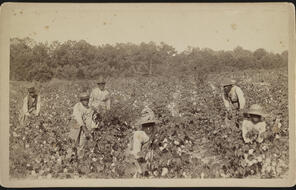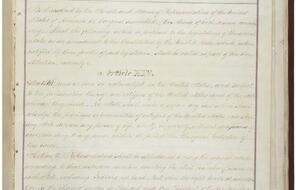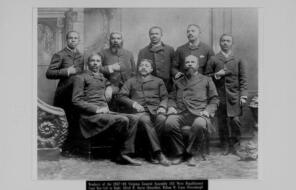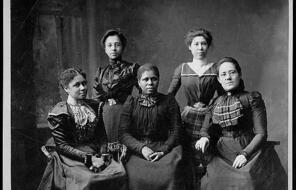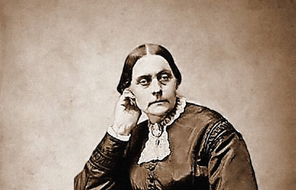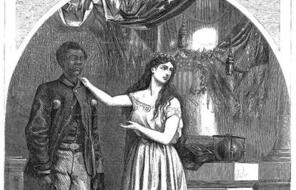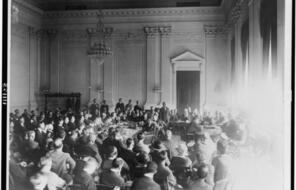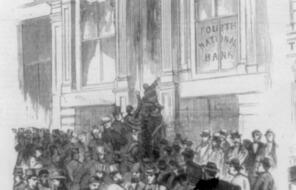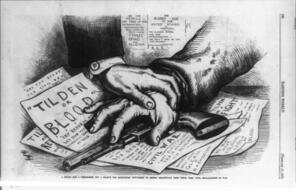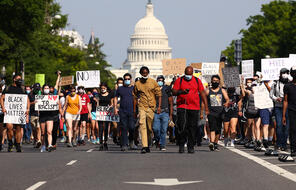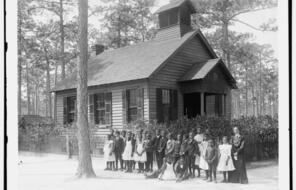An Indian’s Looking Glass for the White Man, 1833 (Heavily Abridged)
At a Glance
Subject
- History
- Social Studies
- Democracy & Civic Engagement
- Human & Civil Rights
- Racism
The following text is excerpted from an essay written by William Apess in 1833. The essay was originally published as an addendum to Apess’s edited collection The Experiences of Five Christian Indians of the Pequot Tribe. Apess was of European and Pequot descent. As an author and minister, he dedicated his life to the cause of racial equality and Native American rights.
“Looking glass” is an old-fashioned term for a mirror. What do you predict this essay might be about, based on the title?
[W]hy are not we [Native Americans] protected throughout the Union? Leaders [of the United States] take our skin color as a pretext (reason) to keep us from our lawful rights . . . I would ask you if you would like to be disfranchised (denied) from all your rights, merely because your skin is white?
According to the author, why are Native Americans denied their rights by the United States government?
Let me exhort (urge) you to do away with that principle.
If black or red skins, or any other skin of color is disgraceful (shameful) to God, it appears that he has disgraced himself a great deal—for he has made fifteen colored people to one white, and placed them here upon this earth.
What does the author point out about the proportion of white people to people of color, in terms of the global population? What religious argument is he making in this section?
. . . Assemble (gather) all nations together in your imagination, and then let the whites be seated amongst them. Now suppose these skins were put together, and each skin had its national crimes written upon it—which skin do you think would have the greatest?
What is the author asking his audience to imagine in this section?
I will ask one question more. Can you charge the Indians with robbing a nation almost of their whole Continent, and murdering their women and children, and then depriving the remainder of their lawful rights?

